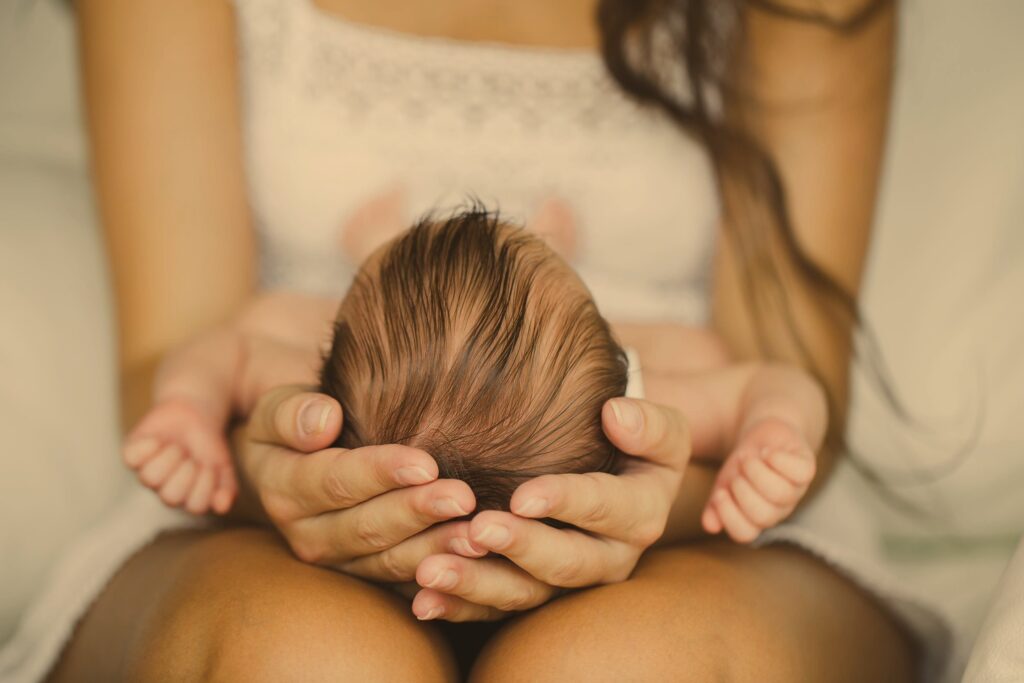
This can be measured by the fact that India, in the latest global study which indicates that the fertility level worldwide has experienced a massive downfall, claims the downfall will not cease at least until sometime more. The GBD 2021 study deals with demographic factors for the years between 1950 and 2021 in 204 countries. It has decreased considerably from 6.18 children per woman as recorded in the 1950s to only 1.9 per woman in the year 2021.
Presently, India’s Total Fertility Rate is less than the replacement level of 2.1 considered required to maintain a stable population. If this TFR is below 2.1, then fewer children are born to replace this generation. So, it will decline further, according to the GBD study, to as low as 1.04 by 2100, which translates into one child per woman.
The demographic change brings huge concerns in policymaking for the nation. A reduced TFR usually leads to an eventually declining workforce and an aging population, straining healthcare and social welfare systems even further. Pro-natal policies have been enacted in some regions of the globe to encourage births, but according to this study, even such initiatives may not have any great impact to reverse this trend.
The southern states are particularly alarmed since they are already experiencing the impact of low fertility on their demographic structure. The regions include fewer births and may face uniqueness issues, including a labor shortage and dependency ratios in the near decades ahead.
There has been a trend in declining fertility rates, coupled with improved education, better healthcare, increased contraceptive usage, urbanization, and the changing social and economic priorities of individuals. In turn, while these factors have been more of a milestone, they will need careful preparation for the challenge that an ageing and possibly diminishing population will be faced with in the future.
Stay tuned for further information as to how exactly these trends will sculpt up the country’s future regarding health and wellbeing.








